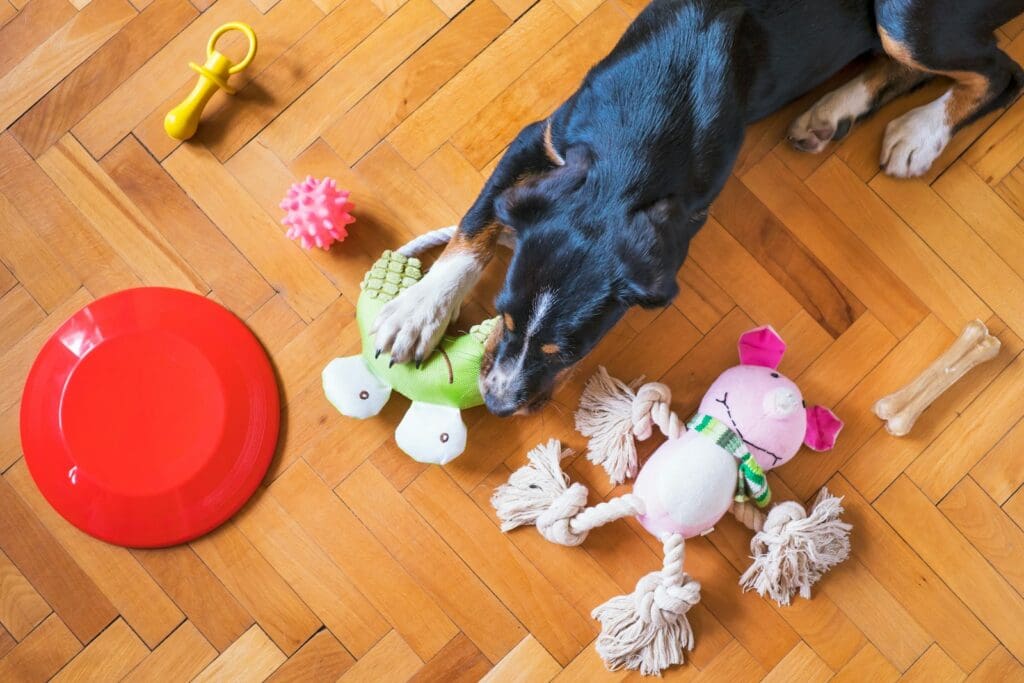Fostering a dog gives them a chance to prepare for and flourish in a soon-to-be forever home. To ensure success, first-time foster parents must be fully prepared. 10 things to know before accepting this important responsibility.
10. Ensure You Have the Time

Before agreeing to become a foster pet parent, consider your current commitments. Evaluate whether you can truly give a foster pet the time commitment it needs and deserves. Some dogs and breeds need more supervision and time than others. If you have an on-site job, fostering isn’t impossible if you can return home to let the dog outside during breaks.
9. Budget for Out-of-Pocket Expenses

While most shelters will cover some of the expenses associated with fostering a pet, you may still have to cover the cost of basic animal care supplies. A shelter may cover vet fees, but you will have to cover many expenses. This could include toys, leashes, collars, harnesses, food and water bowls, beds, crates, grooming, and more.
8. Consider Your Available Space

Do you have the room to foster a dog? A large, energetic dog needs a lot of space to roam and play. It also needs a space where it can relieve itself. Whether you will foster a large or small dog, you’ll also need room for storing supplies such as a crate, toys, bed, and food.
7. Make Sure Your Home Is Safe

Before deciding to foster a pet, it’s important to do a thorough examination of your home to assess its safety for an animal. Are there toxic plants or foods? Accessible dangerous chemicals or medications? Are there electrical cables or other items that can be chewed? Could an animal escape? Make sure you can ensure the dog’s safety.
6. Account for Other Pets and/or Children

Will your foster dog have to live with your other pets and children? Make sure to communicate this with your foster coordinator. The presence of children and other pets can increase stress for a foster dog. Separate foster pets and other pets for at least two weeks before allowing physical interaction. Introduce them on neutral turf, such as a park.
5. Limit Stress Factors for the Dog

Everything is likely to stress a foster dog at first, as the environment is new and unfamiliar. Pay attention because, over time, you’ll become aware of specific things that stress the dog. By recognizing these, you can help you minimize these stress factors. Additionally, once the dog becomes used to you, it may develop separation anxiety when you’re not present.
4. Ensure Clear Communication With the Foster Coordinator

As a first-time pet foster parent, communication with the foster coordinator or the shelter you’re fostering with is key to success. Make sure to ask detailed questions and communicate any issues that arise or you don’t understand. Make them aware of any discoveries or challenges you encounter. This helps find the best home situation for the pet.
3. Start With a Pet Without Behavioral or Health Issues

For first-time foster pet parents, it’s a good idea to opt for a pet without behavioral or health issues. This gives you time to develop the experience that will help you take on more challenging animals in the future. Being inexperienced in dealing with animals with extra needs puts both you and the foster pet in an unfair situation.
Read More: 10 Biggest Mistakes Dog Owners Make
2. Become Proficient in Obedience Training

Becoming proficient in obedience training will help you contribute toward improving your foster dog’s chances of adoption. The dog will associate rewards and praise with behavior resulting in a positive outcome. This also results in a more confident pet. Learning obedience helps ensure the dog’s successful transition into a forever home.
Read More: 10 Ways to Improve Your Dog’s Destructive Behavior
1. Emotionally Prepare for Rehoming the Dog

It’s easy to become attached to the dog you foster. The day will come for their transition to their new forever home. Having spent so much time with the dog, letting go can be difficult. It’s important to emotionally prepare for that moment in advance. Focus on the satisfaction of the important work you’ve done for the animal’s future.
Read More: 10 Things to Know Before You Rescue a Dog






